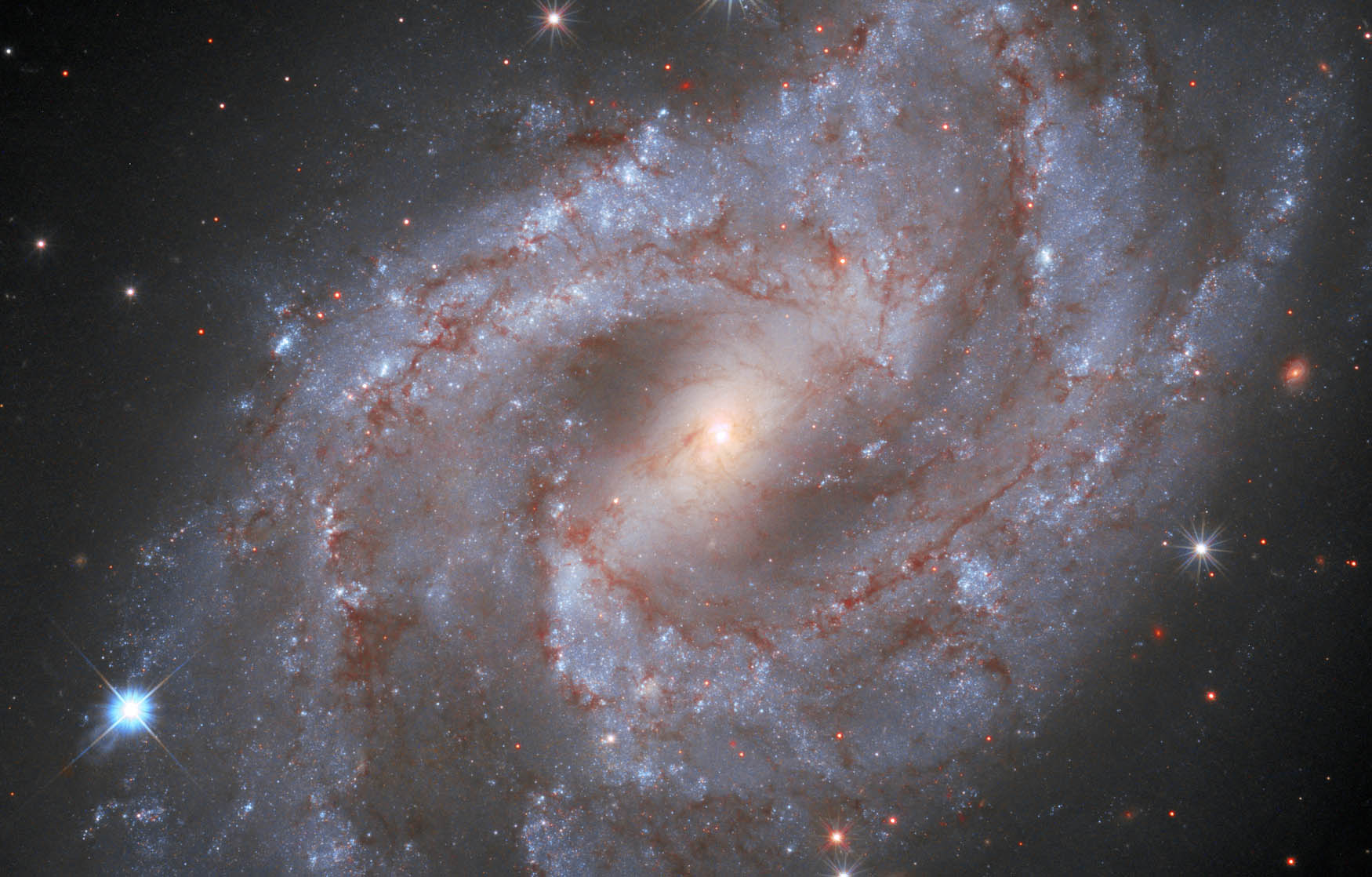
Everything we know about our universe is constantly changing. Spacecraft like the James Webb Space Telescope have already changed everything we thought we knew about the early universe, and now research on a gamma-ray burst (often referred to as GRBs) that was discovered last year is changing everything we know about these stellar events, too.
The gamma-ray burst, which was dubbed GRB 211211A, was detected last year, a distinctive signature of massive supernovas that astronomers have dubbed kilanovas. The burst itself was astonishing, lasting nearly two minutes. But it isn’t the length of the burst that makes it so intriguing, it’s the source of it that has researchers taking notes.
According to a new paper on the burst, researchers believe that it was caused by the merger of two neutron stars. But merging neutron stars were only believed to produce short gamma-ray bursts. As a result, researchers say this hybrid event is very surprising and could change everything we thought we knew about gamma-ray bursts as a whole.

These gamma-ray bursts are essentially high-energy explosions that take place in distant galaxies. They can last anywhere from milliseconds to several hours, with some even being the brightest bursts we’ve ever seen, and the first of these bursts was observed by astronomers in the 1960s using the Vela satellites.
They’re also broken down into two main types, short and long gamma-ray bursts. Short bursts can last just less than two seconds, while long bursts can last anywhere from a few minutes to several hours.
The latter of these two was only previously believed to happen when a massive star goes supernova. But when GRB 211211A was detected, the astronomers say they knew it wasn’t associated with a supernova. Instead, they found it was a gamma-ray burst caused by two neutron stars merging, something that we had never seen before.
It’s this never-before-seen behavior that is forcing astronomers to change how they look at these stellar bursts as a whole. As a whole, too, this is a stark reminder that everything we think we know about the universe can change dramatically with every new discovery we make.

0 Comments :
Post a Comment